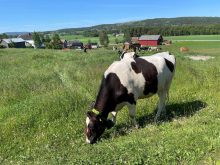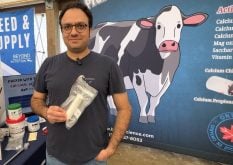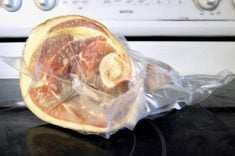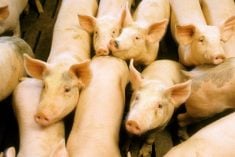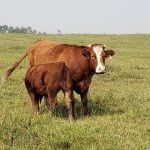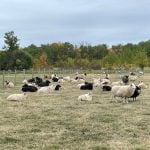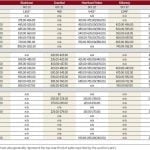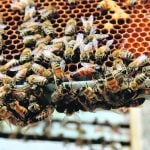Ear tags pose a challenge for market pigs because during high-speed processing there’s no way to remove them quickly and safely.
Why it matters: Being able to have more complete data on hog production could lead to more efficiencies.
That’s meant the continuation of the long tradition of tattooing and the inability to use RFID tags to manage individual market pigs.
A Manitoba company has developed a biodegradable ear tag that could result in better hog management for farmers and researchers.
“People are looking at them (pigs) as a batch, rather than looking at them as individuals,” says Carl Esau, who was at the Ontario Pork Congress this summer promoting Clean Trace, the biodegradable eartag brand for Alterra Innovation.
Read Also
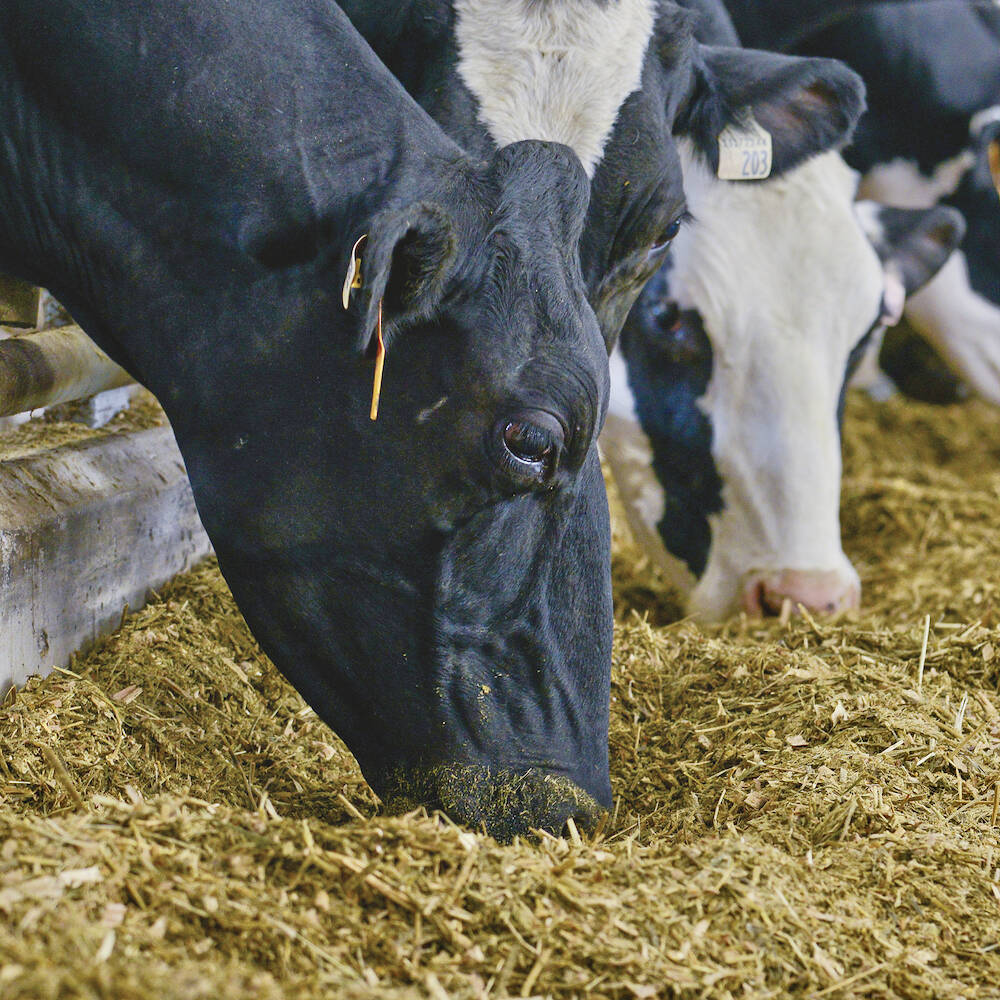
Byproducts with benefits for dairy cows
Local food processors can be a source of financially advantageous byproducts for dairy cows, but make sure the ration is properly balanced.
Pigs that end up at the processing plant with ear tags create inefficiency as they need to be cut off, which carries risk to the people working with a knife and can result in tags in the scaling tank and pumps.
Tags that melt at scalding solve those problems.
Esau says he and Ellery Burton, the president and CEO of Alterra Innovation, both have backgrounds in livestock and the meat sector and see a lot of variation in the swine production system.
To find outliers and those that are bringing down profitability in barns requires data.
“At what point, what was the root cause of where they are dragging our profits down?” said Esau during an interview at the Ontario Pork Congress.
A biodegradable RFID ear tag is the starting point to gather the data needed to find those answers, he says.
The tag comes off during the hot scalding process during meat processing. It comes off or is dissolved.
“It’s fully biodegradable, food grade, safe and it helps keep plastics out of the landfills,” says Esau.
The tags could also be used in other animals and with sows, but the biggest potential area of impact is wean-to-finish hogs.
The ability to trace the results of genetics from sow to market more accurately and individually would allow a better understanding of problems with each pig.
Being able to tie feed results to individuals could have implications for feed management and data in weighing systems.
The company is working through research and validation of the tags, including with the Prairie Swine Centre and other research facilities to stress test the tags in farm situations and a processing trial showed that all tags came off in hot scalding.




